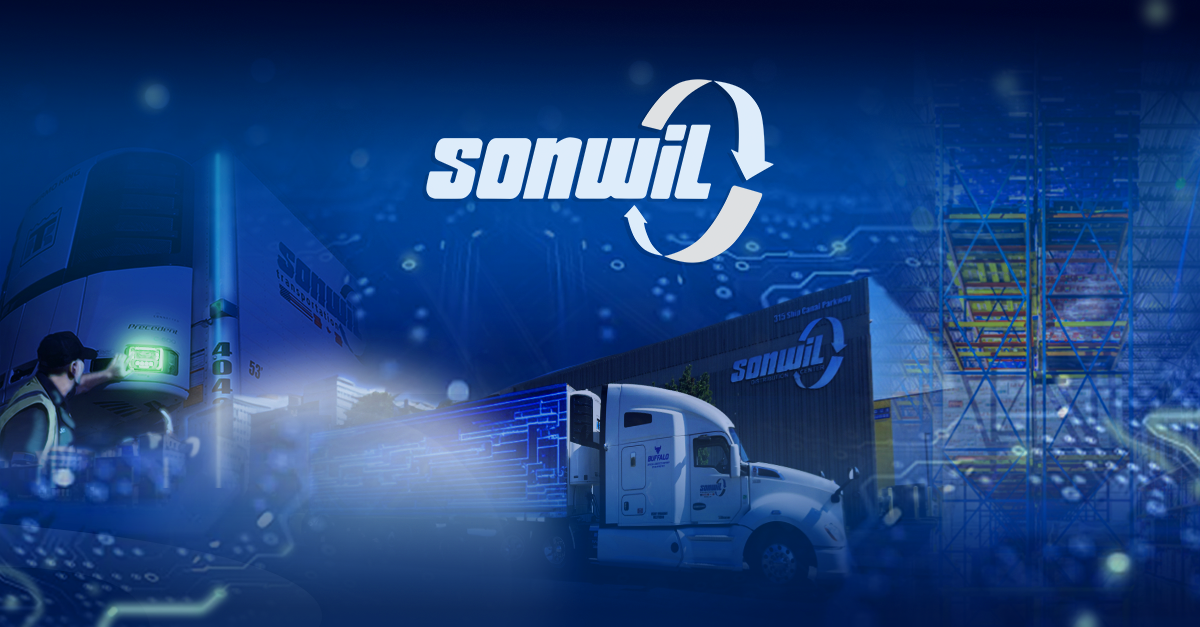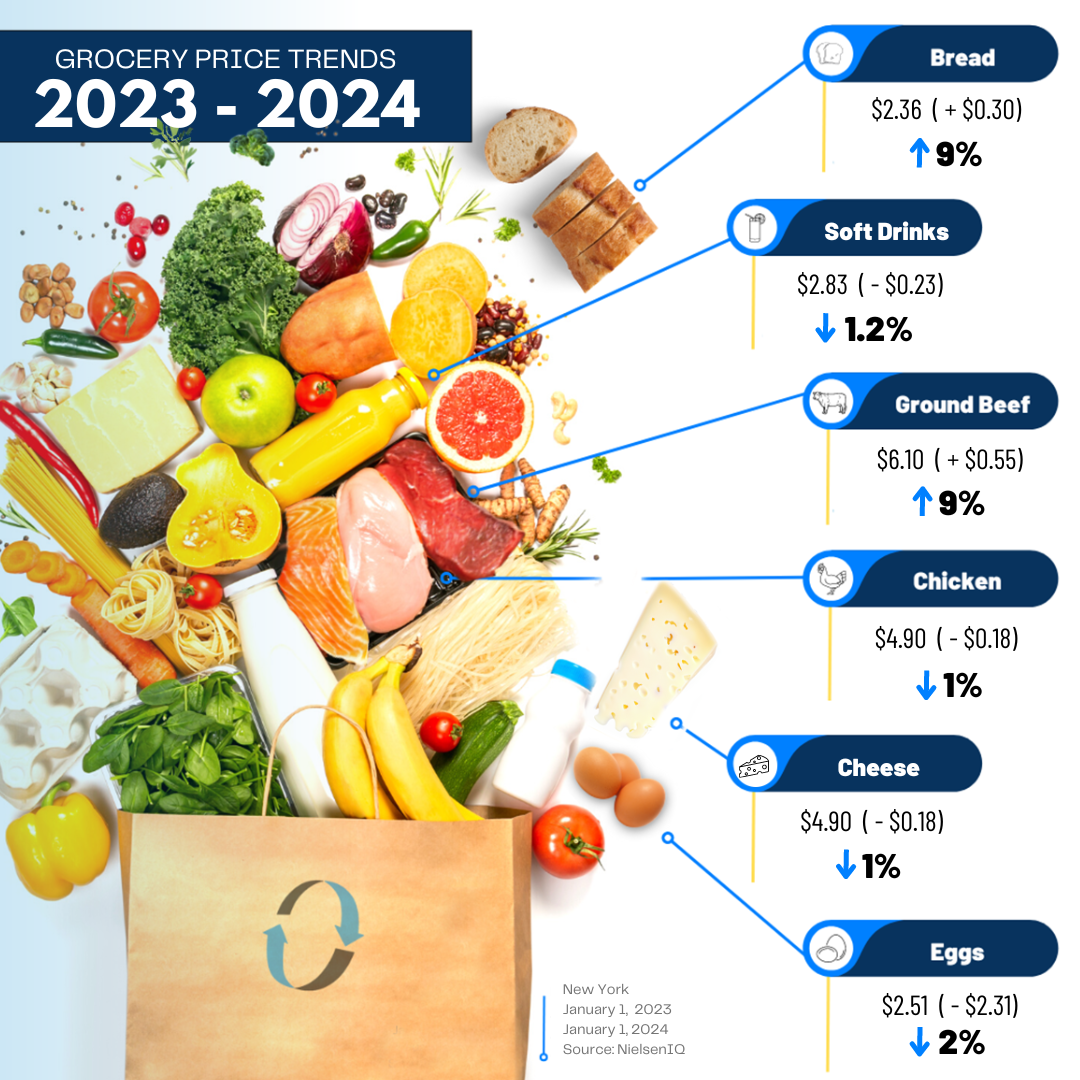When considering joining a new carrier, drivers typically ask three key questions:
- What is the pay?
- How often will I be home?
- What types of routes are available?
Randall Reilly conducted a survey in 2021 of the strongest influences prompting drivers to apply for a new job. Out of 17 factors, safety did not even make the list. Yet safety plays a role in everything that appeared instead — from pay, to equipment, routes, and time off.
Unfortunately, an upfront discussion about a carrier’s safety culture, practices, and policies is often an afterthought. For drivers searching for more money and better work conditions, safety must be part of the conversation.
The following safety questions, listed by four top areas of importance, are what long-time trucking pros recommend every driver ask during an interview:
-
Equipment
- What is the median age of the equipment?
Depending on the type of work, Class 8 trucks average 45,000 to 100,000 miles per year. That is a lot of wear and tear on each rig. Plus, the industry average age of a semi-truck is 12.8 years. The older a carrier’s equipment is, the more prone to over-the-road breakdowns and repair downtime. Fleets prefer to keep equipment newer or under warranty, but price hikes of nearly 80% in the used truck market over the last 12 months have some carriers extending the life of their equipment. - How often is preventative maintenance performed?
Manufacturers build Class 8 trucks to last between 750,000 and 1 million miles. However, that only applies for fleets that manage truck maintenance well. Ask how often the carrier performs preventative maintenance. Find out if the regularity of PM-A and PM-Bs align with industry best practices. Discuss if trucks are routed into a centralized location for PMs or if they can occur at maintenance shops across the country. - Are trucks equipped with safety technology?
Nuclear jury verdicts ($10-plus million) are on the rise, and they easily can bankrupt both a driver and his/her fleet. Verdicts of more than $1 million increased nearly 1,000% from 2010 to 2018—to an average of $22.3 million. From 2018 to 2019, the number jumped another 300%. These nuclear verdicts often go against trucking companies, despite research showing that professional truck drivers contribute to just 16% of crashes. Technology offers the best defence in fighting this onslaught of litigation. Common onboard safety systems include stability control, collision mitigation, lane departure warning, and tire pressure monitoring. Camera systems and speed limiters also help defend drivers in the event of a crash. Find out what safety technology comes standard on the carrier’s equipment.
- What is the median age of the equipment?
-
Parking
- How do you assist drivers with over-the-road parking?
According to the Truckload Carriers Association (TCA), only one truck parking space exists for every 11 drivers. Parking ranks as the number one work stressor for 85% of drivers. The critical shortage contributes to 70% of drivers admitting to violating HOS rules to find parking with 96% resorting to parking illegally. To avoid these problems, drivers often park prior to completing their available drive time creating a loss of 56 minutes daily. That equates to $5,500 in lost compensation every year. Ask about a carrier’s terminal network for safe, free over-the-road parking. Discuss parking apps that allow drivers to reserve spots in advance and factor in who pays for the parking—the driver or the carrier.
- How do you assist drivers with over-the-road parking?
-
Over-the-Road Demands
- Are delivery deadlines safe and realistic?
Carriers naturally want to keep clients happy. With the supply chain currently creating massive delays, customers need products and materials as fast as possible. That can sometimes create unreasonable delivery demands. Discuss how the carrier sets appointments, especially with just-in-time (JIT) manufacturers. Understand how the carrier’s client roster and routes impact service expectations. Consider factors like overnight driving and carrier policies for inclement weather. Also, learn how the carrier optimizes hours of service without putting drivers in unsafe situations or subjecting them to violations. - What is your FMCSA safety record?
Visit SAFER Web for a snapshot of a carrier’s FMCSA safety record. Low violations and crashes speak to a carrier that prioritizes safety. Start asking questions when failed inspections and accidents seem disproportionate to the number of drivers and power units. No carrier is perfect, but a strong safety record should be a selling point.
- Are delivery deadlines safe and realistic?
-
Training
- What ongoing training is offered?
Earning a CDL and gaining on-the-road experience is just the first step in becoming a professional truck driver. Ongoing training helps drivers succeed in a demanding profession. Rules and regulations change, new safety best practices become available, equipment evolves, and new technology comes online. Making training accessible over-the-road helps drivers succeed at their jobs for the long term. Ask how the carrier helps its drivers—and support staff—advance their skills and stay current on safety standards. A fleet that prioritizes training is one that also likely cares about keeping its drivers safe and successful.
- What ongoing training is offered?
Ask Us Anything at Sonwil Logistics
Sonwil Logistics doesn’t attract drivers through games and gimmicks. We operate as an open book and encourage drivers to ask tough questions before joining our fleet.
For 35 years, we’ve been listening to drivers and have created a program designed by them, for them. We offer quality equipment, maintained by a skilled staff. Our safety rating is exemplary. We also push back on the parking problem by offering $75 per week so drivers can pre-book safe spaces. We even offer drivers a financial safety net with our guaranteed pay program.
Sonwil Logistics and safety are synonymous. Just ask anyone on the team, especially our drivers.

